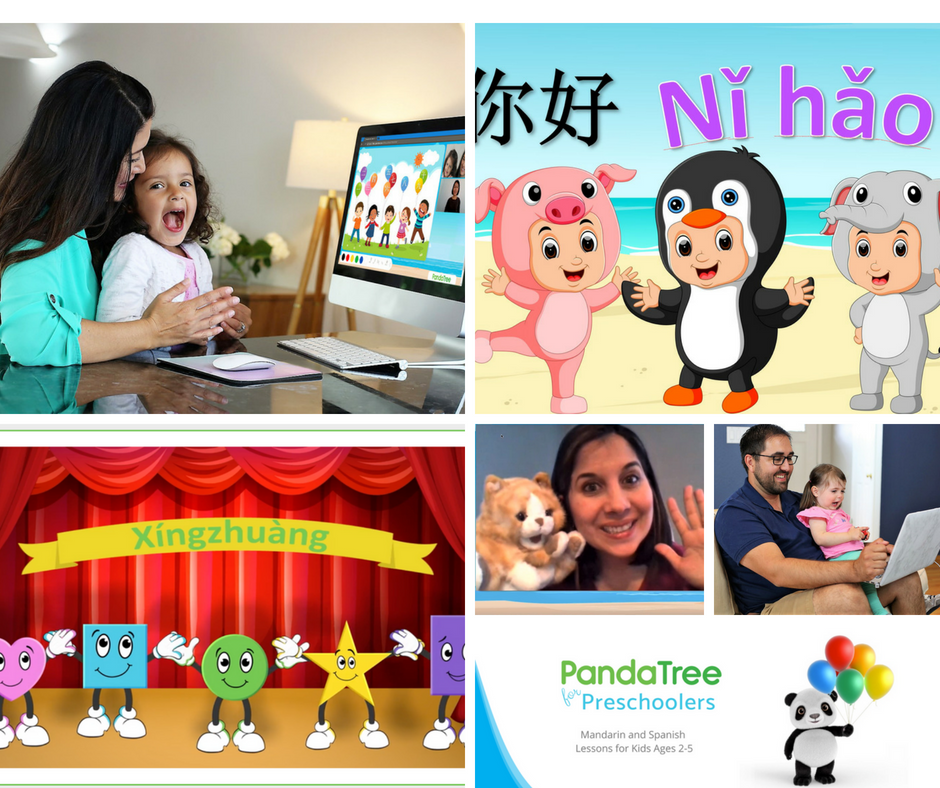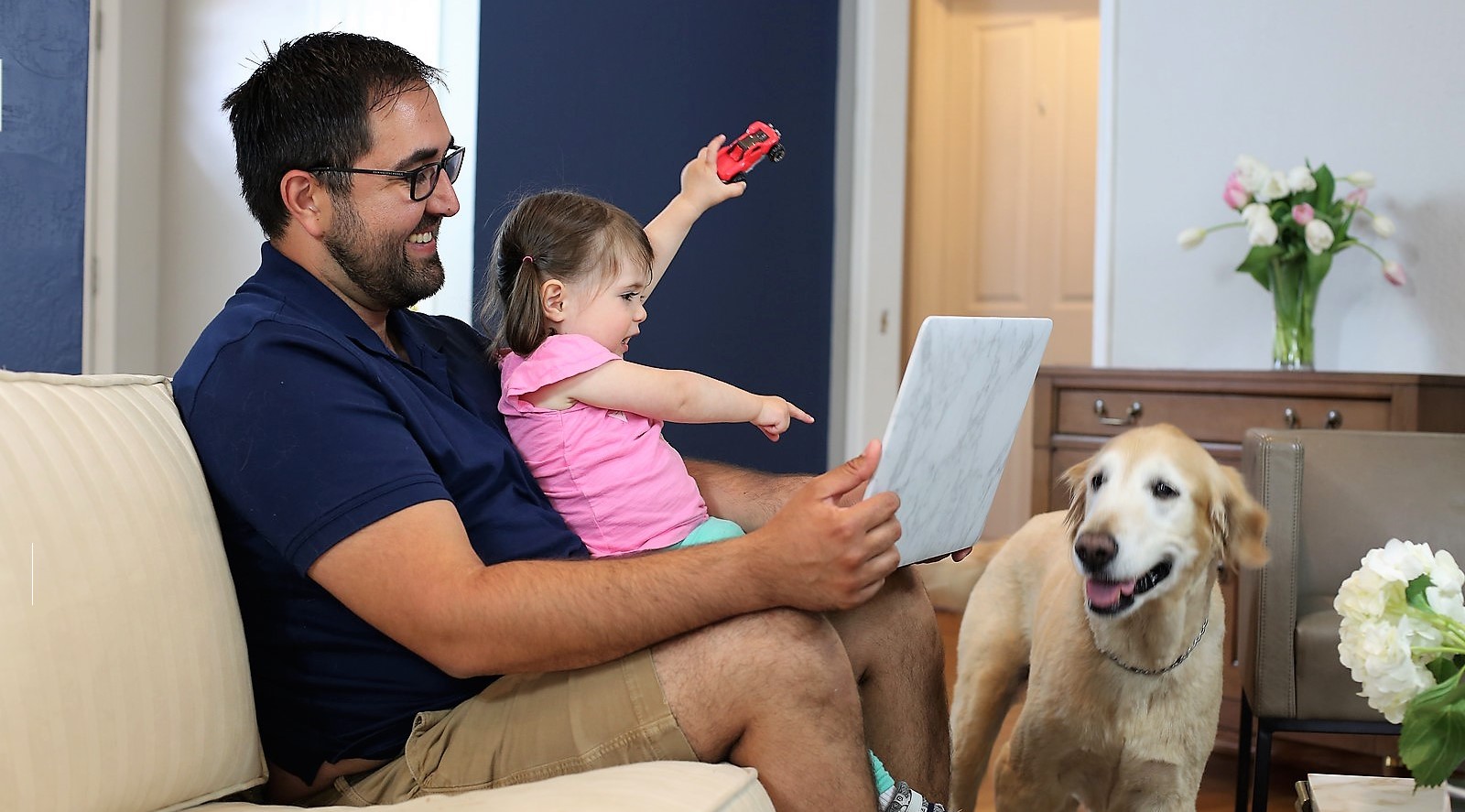Singing, playing, laughing. All things we as adults take for granted – especially when it comes to learning a foreign language! When prepping for an upcoming trip abroad, or, even harder, when studying up on cultural customs of a nation we need to visit for work, learning a foreign language can be a daunting task for us older folks.
Not so for our little ones however.
Instead of memorization, foreign language learning is an organic process that incorporates kids’ real lives — their toys, the animals they love, the letters and numbers that shape the world around them. Children are seemingly able to absorb a second language naturally without all the arduous study an adult might have to undertake.
A recent study published in the journal Cognition, which surveyed 669,498 native and non-native English speakers, found that this so-called “critical period” of language learning may last all the way up to the age of 17, but that for kids to really become fluent in a second language, they need to get started sometime before the age of ten or 12.

It’s not clear exactly why kids are such able learners when they’re young, but we do know that their neural plasticity, unselfconsciousness, and natural inclination to learn through play make a huge difference. Here are some of the ways that children’s language learning differs from adults—and how we might take a few cues from them!









